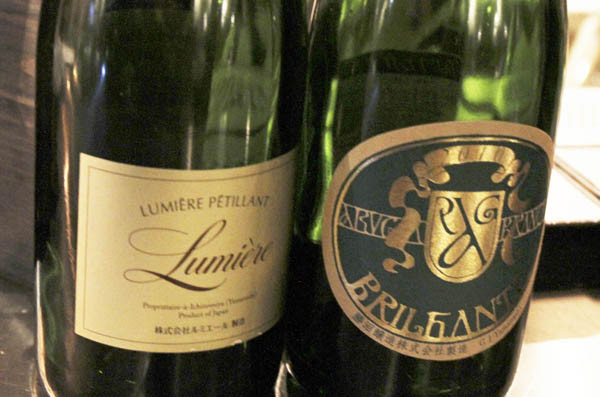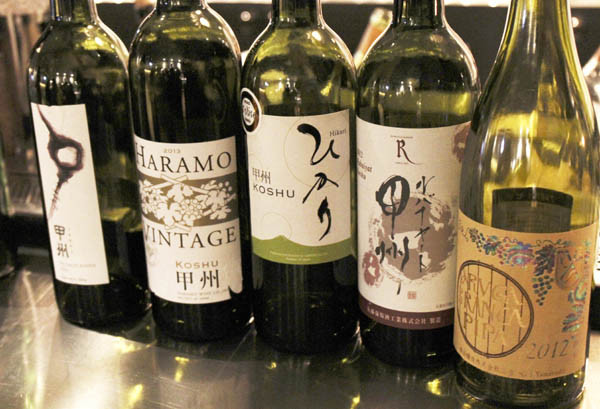Yes, it sounds strange. For me it was completely unknown until I saw an invitation to the tasting of Japanese wines. But it’s no stranger than wine grown in Sweden. Japan has mostly a better climate than northern Europe for viticulture. BKWine Magazine’s reporter Peter Cronström had the opportunity to try some very unusual wines.
Most of the vineyards in Japan make wine that is consumed locally, and only a small portion is exported.
The grape variety is unique to Japan. It’s called koshu and came to Japan through the Silk Road from the Caucasus across China more than 1,000 years ago. It is a vitis vinifiera grape that has been refined and adapted to the Japanese environment over centuries. To be on the safe side and to avoid problems with the wine louse, phylloxera, plants are grafted on roots from other vines.
The grape is medium-sized and has a thick skin that is pale pink. Young wines may have a light pink colour that can be compared with pinot gris. The colour is not stable and disappears with age. Generally the grape gives wines with much fruit and a balanced acidity. Today there are also a lot of other grapes such as Cabernet Sauvignon and Chardonnay.
The area where most of the Koshu grapes are grown is one and half hours by train from Tokyo, at the foot of Mount Fuji in the Yamanashi region. The area is otherwise known for fruit growing. Many of the wines I tried were grown at an altitude of 400-700 meters. In total the Koshu grape is cultivated on 480 hectares. 95% of production is in the region of Yamanashi. Japan produced a total of 79,000 hectolitres of wine in 2011. Japan was with that number 25 of vine-growing countries in the world. The cultivation of Koshu is only a small part of the plantations, but still interesting.

Commercial wine production has existed in Japan since the late 1800s and was first established in Yamanashi. They learned winemaking from French growers by sending young Japanese growers to France. In total, there are currently 80 wineries in Yamanashi.
The tasting began with two sparkling wines from two different growers, Lumiere and Aruga Branca. Lumiere Petillant 2013 was slightly pink, produced as a brut nature with one year of aging on the lees. It was very dry with some fruitiness. Aruga Branca Brilhante 2010 was light yellow in colour with flavours more of peach and lemon and a light acidity.
The other wines I tried were white. Kurambon Sol Lucet Koshu 2014 and Haramo Vintage Koshu 2013 were fermented in steel tanks and light with very flowery aromas and relatively rich in acidity. Lumiere Koshu Hikari 2013 and Rubaiyat Koshu 2012 were also fermented in steel tanks but aged on the lees for 6-8 months. They had a deeper flavour palette and lower acidity.

A tasting of three different wines from the same producer, Grace Wine, grown in different vineyards with different conditions because of the altitude and different soil showed no major differences. The differences were mostly in the amount of acidity. All had very little colour and had a lot of fruit. All these wines were tasted along with a number of seafood dishes prepared in Japanese style which matched the wines very well.
The tasting ended with Suntory Tomi No Oka Koshu 2013 and Grace VSP 2013. The wines are made from grapes that are slightly overripe and fermented and aged in steel tanks, the Suntory wine also in oak barrels, resulting in a richer palette of flavours. In addition to citrus and floral notes, I found some bitter tone, like that of grapefruit and more colour, which makes the wines well suited also for meat dishes like beef tartare.
Present at the tasting were several representatives from the producers and the owner of Grace Wines, Shigekazu Misawa and his daughter, Ayana, who is responsible for the production of wine. They made a strong impression when they explained the winemaking.
Peter Cronström writes on BKWine Magazine on wine tastings with wine merchants and importers.






